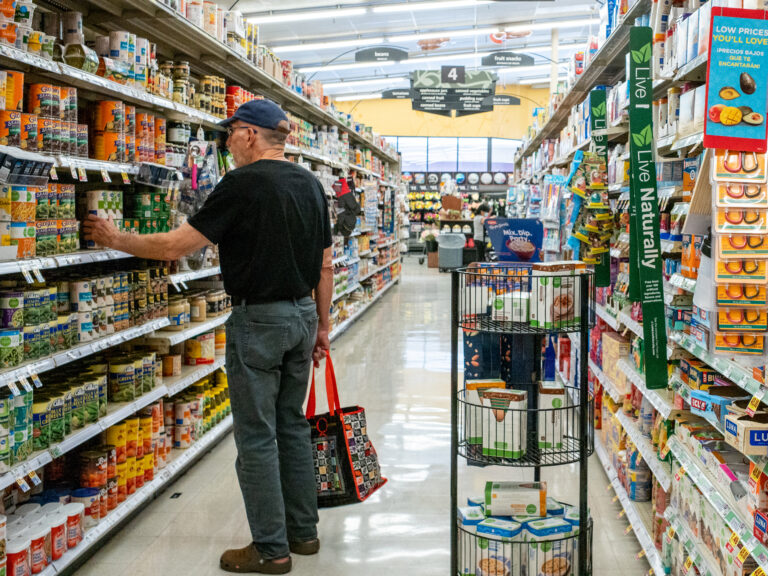CHAMPAIGN – Food deserts have long been associated with urban areas where full-service grocery stores are hard to find.
But rural areas also struggle with a lack of access to fresh, affordable produce, despite often being surrounded by rich agricultural land.
According to the Food Access Atlas, a map maintained by the USDA, dozens of food deserts exist throughout central and southern Illinois.
And the problem of rural food deserts is growing as grocery stores shutter in small communities across the state.
The closures are being driven by several factors, including population and income decline, said Sean Park of the Illinois Institute of Rural Affairs.
And once a store closes, Park said it’s unlikely that another will take its place.
Fewer customers and lower income make rural areas less attractive to new businesses.
And even under the best circumstances, the grocery industry operates on thin profit margins with hefty overhead costs.
For a proprietor to take over an existing store, the cost would run anywhere from $300,000 to $1 million, Park explained. New construction would cost between 2 to 4 million dollars.
“Investors with that kind of capital can get a better, safer return on their investment elsewhere,” he said. “So finding someone who’s an economic developer come in and dump a bunch of money on it – I’ve rarely seen it.”
Park said smaller grocers also face competition from large chains like Walmart and dollar stores. Customers with access to transportation may be willing to make the drive to neighboring towns for lower prices and wider selection.
But when chains drive smaller local stores out of business, people without access to transportation suffer.
And it’s not just the access to food that residents lose, Park said. Local stores bring tax revenue, jobs, and a sense of community.
Pritzker said the Illinois Grocery Initiative would seek to restore access to food in places left “stranded” when grocery chains close.

